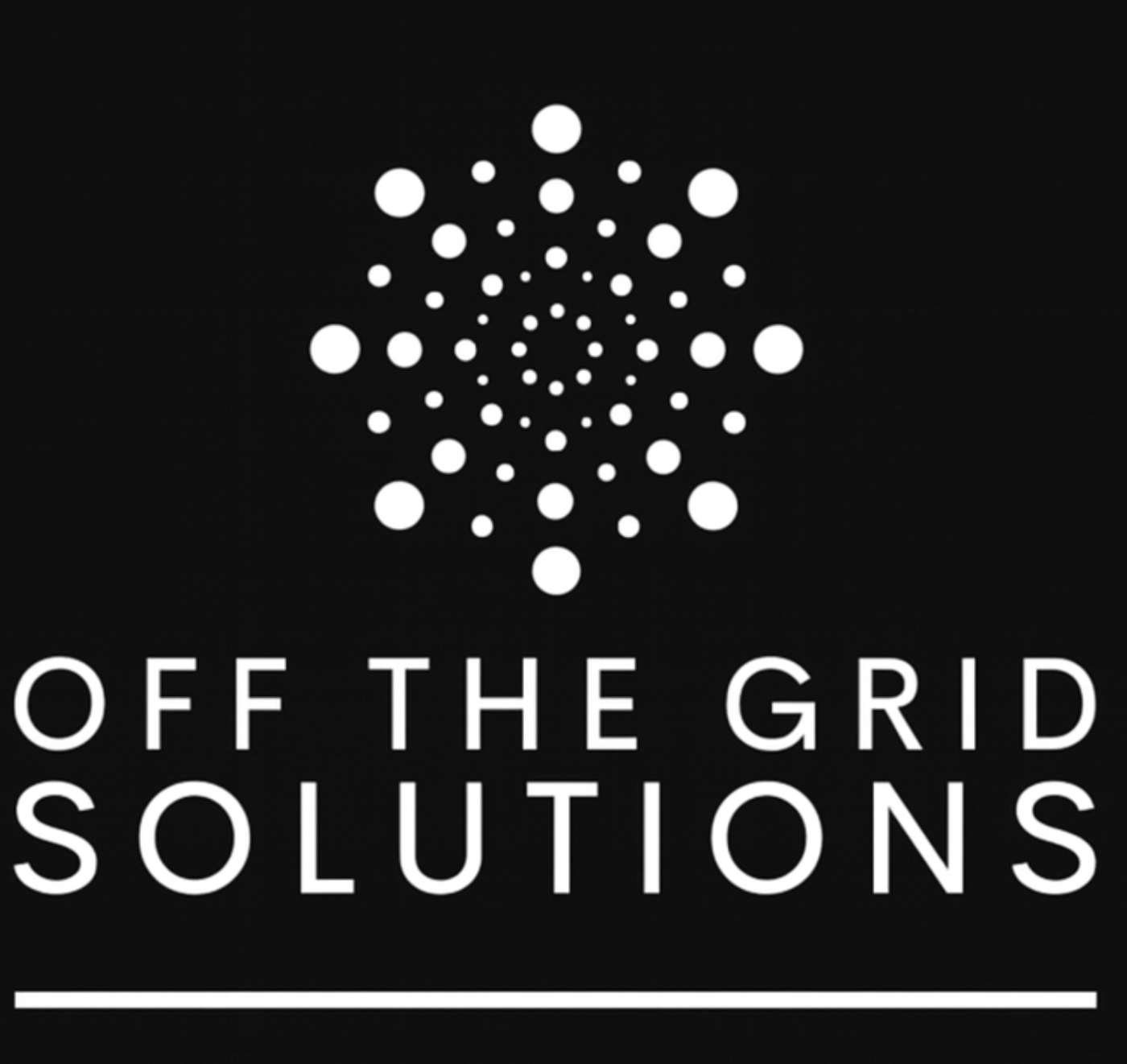What Your Neighbor Didn’t Know Before Going Solar (That You Should)
Let’s talk about the little things no one tells you—until it’s too late.
If your neighbor just went solar and you’ve been thinking, “Maybe we should look into it too,” you’re not alone. Solar is booming in New England—especially in Massachusetts and New Hampshire—because of rising utility rates, strong incentives, and increasing interest in energy independence.
But here’s the thing: a lot of homeowners jump in without really understanding what they’re getting into.
I’m Corey Cogan, and I help people across the Northeast go solar the smart way. I’ve seen the excitement. I’ve also seen the regrets. So here’s a peek behind the curtain: the stuff your neighbor probably didn’t know before they signed their solar contract—and the stuff I make sure you do.
😬 1. They Didn’t Check Their Roof’s Condition First
Your roof is kind of a big deal when it comes to solar. I’ve met homeowners who got panels installed… only to realize their roof needed replacing a year later. And guess what? That means removing and reinstalling the panels—a costly, frustrating mess that could’ve been avoided.
What I do instead:
During our site visit, I inspect your roof’s age, material, and wear. If it’s getting close to the end of its life, I’ll tell you up front. Sometimes it makes sense to bundle a new roof and solar together (and yes, we can do that).
☁️ 2. They Didn’t Ask About Shade (Year-Round)
Here in New England, it’s easy to overlook how much shade your roof gets in different seasons. That big oak tree? Might not be a problem in January—but come July, it’s blocking out hours of sunlight.
I’ve seen people pay for full systems that underperform simply because no one did a full shading analysis.
What I do instead:
I use real solar modeling tools to analyze your roof in summer, winter, morning, and afternoon. If we need to adjust the panel layout or talk about trimming a tree, I’ll walk you through it clearly.
💡 3. They Didn’t Know There Were Different Types of Financing
Too many people assume solar is either a big cash purchase or a complicated lease—and that’s not true. There are $0 down solar loans, ownership programs with tax credits, and utility-specific incentives most people never hear about until it’s too late.
Your neighbor might be saving… but they might also be stuck in a 25-year lease with no tax benefit and no equity in their system.
What I do instead:
I walk you through every option—ownership, loans, leases—and show you what fits your budget and long-term goals. No surprises, no fine print, and definitely no one-size-fits-all pitch.
🧾 4. They Didn’t Understand How Net Metering Actually Works
Everyone loves saying “your meter spins backward!”—but most people don’t really understand what net metering means until they get their first confusing electric bill post-install.
Some utilities credit you at full retail rate. Others do partial. And those credits might roll over—or expire—depending on your town and utility.
What I do instead:
I explain exactly how your specific utility handles net metering. I show you what your monthly bill will likely look like after solar, when your credits apply, and how it balances out over a year—not just one sunny month.
🛠️ 5. They Didn’t Think About Panel Placement or Curb Appeal
I’ve had folks tell me, “We love the solar savings—but we wish they didn’t put panels on the front of the house.”
Sometimes companies rush to get panels up without thinking about design or layout. That’s not how I work.
What I do instead:
We walk through where panels will go, how it’ll look from the street, and if there are multiple layout options. I care about performance and how it makes you feel when you pull into your driveway.
🔌 6. They Didn’t Plan for the Electrical Setup
Most homeowners don’t know what’s in their electric panel—and that’s fair. But after solar is installed, I’ve seen people surprised to learn they needed a panel upgrade, or that their battery system had to be mounted in a spot they hated.
What I do instead:
I check your main panel, available breaker space, battery placement options, and backup needs up front. No last-minute surprises, no unexpected costs.
🗓️ 7. They Didn’t Ask How Long It Would Actually Take
Your neighbor might’ve been told their install would happen “within a month,” but between permitting, utility paperwork, and weather delays, they waited 2–3 months without updates.
What I do instead:
I give you a realistic timeline, and I stay in touch the whole way through. You’ll always know where things stand—from design approval to the day your system gets turned on.
🧠 Final Thought: You Only Go Solar Once. Do It Right.
Your neighbor probably doesn’t regret going solar. But if they could do it over, they’d ask more questions and demand more transparency.
That’s exactly what I give you: a clear plan, honest answers, and a system designed for your home—not just your zip code.

